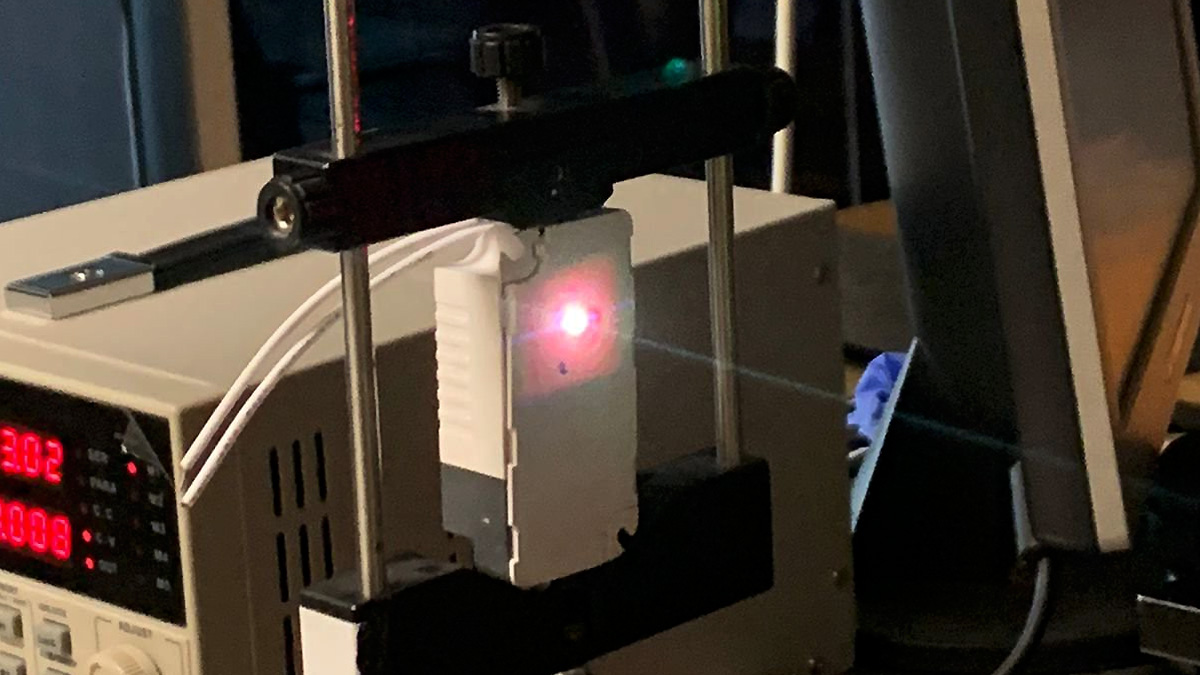
Industry panel discussion at Solidigm’s 122TB launch event The ongoing AI revolution brings with it massive demands for data and data processing. Unfortunately, this data explosion presents significant business challenges in the form of rising energy costs and strained infrastructures. Datacenters are experiencing an energy crunch, and the financial strain could hinder innovation and eat into profitability.
At a launch event in New York City last week, Solidigm, a NAND flash memory maker, unveiled a robust new answer to help solve this problem: the 122TB D5-P5336 SSD. This solid-state drive offers a new level of storage density and efficiency, promising to ease sustainability pressures in datacenters and unlock the full potential of AI. The launch event brought together media, analysts and key partners, including executives from Arm, PEAK:AIO, VAST Data, Ocient and CoreWeave, underscoring the acknowledgment of Solidigm’s advancement within its ecosystem.
Datacenter Efficiency In The Age Of AI The pressing task is to rein in datacenter power consumption. Greg Matson, senior vice president of strategic planning and marketing at Solidigm, noted at the event that “Analysts expect datacenter power [consumption] to increase threefold by the end of the decade, with a huge part of that being driven by AI.” This creates an urgent need for more efficient storage solutions.
The D5-P5336 directly addresses this challenge, consuming up to 84% less power in network-attached storage deployments than traditional hybrid HDD and TLC solutions. At the edge, it delivers 3.4 times more terabytes per watt than 30TB TLC drives, significantly improving power density.
This translates to significant cost savings for businesses, allowing them to redirect resources toward AI development and other strategic initiatives. During an executive panel at the event—moderated by Patrick Moorhead, CEO and chief analyst at Moor Insights & Strategy, and me—Chloe Jian Ma, vice president at Arm, provided further context. “Currently, datacenters as a whole are consuming about 460 terawatt-hours of power,” she explained.
“That’s about equivalent to the power consumption of Germany as a country, but it’s going to increase significantly.” She cited the example of Meta’s new AI cluster, which consumes enough power to supply 34 million American households. “We have to think about new ways to make datacenters more efficient,” Ma urged.
Making Every Watt And Square Inch Count The drive’s high storage density also translates to substantial space savings. It enables up to a 4:1 reduction in NAS footprint compared to legacy solutions. In space-constrained edge installations, it stores four times more data versus 30TB TLC drives.
This efficiency allows datacenters to store massive amounts of data in smaller footprints, reducing capital expenditure and operational costs. Matson emphasized the importance of both energy and space efficiency, noting that “We’re in an era right now where every watt and every square inch counts.” Who Went Home On ‘Dancing With The Stars?’ Semi-Finals Recap And Scores New Chrome, Safari, Firefox, Edge Warning—Do Not Shop On These Websites Trump’s Cabinet And Key Jobs: Matthew Whitaker Tapped As NATO Ambassador—As Trump Backs Gaetz Despite Allegations The D5-P5336’s high capacity and low power consumption make it particularly well-suited for edge computing environments, where space and energy resources are often limited.
As Roger Cummings, CEO of PEAK:AIO, pointed out, “Edge devices need to be very intelligent. And to be very intelligent, you need that density associated with it.” Sustainable AI Development: A Business Imperative As AI adoption accelerates, the demand for high-capacity, energy-efficient storage solutions continues to grow rapidly.
A recent Microsoft and Carnegie Mellon study revealed that storage power accounts for a significant portion of datacenter emissions. To take one example from the study, storage causes 33% of operational emissions and 61% of embodied emissions in Microsoft Azure’s general-purpose cloud. This highlights the potentially staggering environmental impacts as datacenter usage increases to accommodate AI and other uses.
Efficient storage ensures that AI infrastructure operates at peak performance. As Ma explained, “GPUs and AI compute are like the engine, and storage and networking are feeding it data. You don’t want to keep the engine idle.
” Companies such as PEAK:AIO are developing software solutions to further optimize AI workloads. “Our software-defined approach allows organizations to build high-capacity, densely configured nodes, significantly reducing the overall infrastructure required,” Cummings explained. This synergy between efficient hardware such as Solidigm’s 122TB SSD and intelligent software is crucial for addressing the evolving needs of data-intensive AI workloads while minimizing environmental impacts.
Industry Perspective “We’re seeing very real concerns from our customers around energy consumption,” Sophie Kane, director of growth marketing and business development at Ocient, told me. “Over half of the data and IT professionals we recently surveyed expressed fears about energy becoming a problem they can’t get a handle on. This has huge implications for innovation.
” Travis Vigil, senior vice president of product management in the Infrastructure Solutions Group at Dell Technologies, offered a complementary perspective. “The AI opportunity does not come without challenges, and organizations today are making unprecedented infrastructure power and space decisions,” he said. “Dell Technologies believes that higher density provides the path to maximizing storage energy efficiency while minimizing datacenter footprint.
” Sustainability By Design Solidigm’s commitment to sustainability extends beyond the D5-P5336 SSD’s efficiency and 122TB capacity. The drive incorporates OCP-compliant thermal management, ensuring efficient cooling even under demanding workloads. This extends the SSD’s lifespan and reduces datacenter cooling needs, further lowering overall energy consumption.
The D5-P5336 is engineered with longevity in mind so it can maintain consistent performance throughout its operational life. It uses smart software for lower write amplification, has a large capacity to absorb data writes and is built for workloads with larger files and sequential writes—all of which reduce stress on the drive. Datacenter operators should be able to rely on these drives for extended periods without significant degradation in speed or capacity.
Minimizing the need for frequent replacements reduces electronic waste, resource-intensive manufacturing and the carbon footprint associated with transportation and installation. Building A More Sustainable Future For Datacenters Solidigm’s 122TB SSD marks a significant advancement for meeting the increasing demand for sustainable data storage solutions. By combining high capacity with energy efficiency, this technology could significantly lower the environmental impact of datacenters.
Its compact size and reduced power consumption are also beneficial for various edge computing applications, helping to minimize resource use and electronic waste wherever data is processed. As the industry deals with the challenges and opportunities presented by AI, solutions like the D5-P5336 point to a future where technological innovation and environmental responsibility can work hand in hand..














